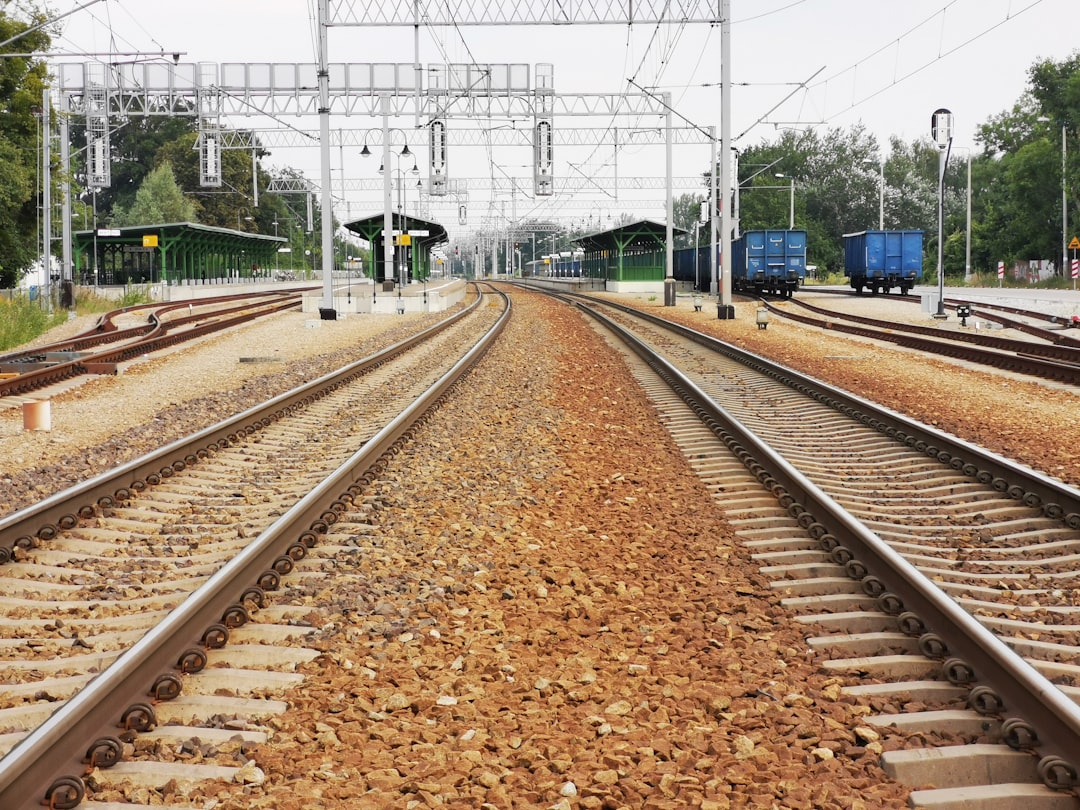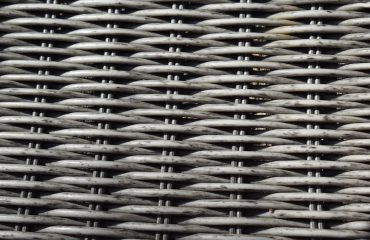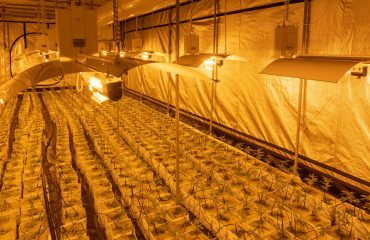Railways, the backbone of efficient transportation, rely heavily on a single, robust material: steel. From the tracks themselves to the bridges spanning valleys and the very carriages carrying passengers and freight, steel plays an indispensable role. This post delves into the multifaceted relationship between steel and railway infrastructure, exploring its applications, properties, and future prospects.
1. The Backbone of the System: Steel Rails and Track Components
The most obvious application of steel in railway infrastructure is the rail itself. These long, continuous lengths of steel provide the surface upon which trains travel. The choice of steel grade is crucial, balancing strength, durability, and resistance to wear and tear. High-carbon steel, often alloyed with manganese and other elements, is commonly used due to its high tensile strength and ability to withstand the immense forces exerted by passing trains. Beyond the rails themselves, other track components, such as fishplates (used to join rails), fastenings (holding the rails to sleepers), and even the sleepers themselves (in some designs using steel sleepers instead of timber or concrete), are also predominantly made from steel, highlighting its pervasive importance in track construction and maintenance.
2. Spanning the Gaps: Steel Bridges in Railway Networks
Railway lines often traverse challenging terrain, requiring bridges to overcome obstacles like rivers, valleys, and roadways. Steel’s high strength-to-weight ratio makes it an ideal material for bridge construction. Various bridge types utilize steel, including girder bridges, truss bridges, and arch bridges. Steel’s versatility allows for the creation of bridges with varying spans and load-bearing capacities. The design and fabrication of these steel bridges involve complex engineering calculations to ensure stability and safety under heavy loads and diverse environmental conditions. Regular inspection and maintenance are critical to prolong the lifespan of these vital structures.
3. Signaling and Safety: Steel’s Role in Railway Control Systems
Beyond the visible structures, steel plays a crucial role in the less-seen aspects of railway infrastructure, namely signaling and safety systems. Steel is used in the construction of signal masts, supporting structures for signal lights and sensors, and various components within the signaling equipment itself. The durability and reliability of steel ensure the safe and efficient operation of signaling systems, which are essential for preventing collisions and managing train traffic flow. The strength of steel is vital in ensuring these systems can withstand harsh weather conditions and potential impacts without compromising their functionality.
4. Rolling Stock: Steel’s Contribution to Train Construction
The trains themselves, the rolling stock, are largely constructed from steel. From the chassis and undercarriage to the body of the train, steel provides the structural integrity and strength needed to withstand the stresses of high-speed travel and heavy loads. Modern trains often incorporate high-strength low-alloy (HSLA) steels to reduce weight while maintaining strength, leading to improved fuel efficiency and reduced environmental impact. The design and manufacturing of train carriages involves intricate welding and fabrication techniques to ensure the safety and longevity of the rolling stock.
5. The Future of Steel in Railway Infrastructure: Innovations and Sustainability
The railway industry is constantly evolving, and steel continues to adapt to meet the demands of modernization and sustainability. Research into new steel alloys with enhanced properties, such as increased corrosion resistance and improved fatigue strength, is ongoing. The use of recycled steel in railway construction is also gaining momentum, contributing to a more environmentally friendly approach to infrastructure development. Furthermore, advancements in steel fabrication techniques, such as advanced welding processes and automated manufacturing, are leading to more efficient and cost-effective construction methods. The integration of smart technologies, utilizing sensors and data analytics, is improving the monitoring and maintenance of steel railway infrastructure, leading to enhanced safety and efficiency.
In conclusion, steel is an indispensable component of modern railway infrastructure. Its strength, durability, and versatility make it the material of choice for a wide range of applications, from tracks and bridges to signaling systems and rolling stock. Continued innovation and a focus on sustainability will ensure steel’s continued crucial role in the future of railway transportation.
Tags: Steel in Railway, Railway Infrastructure, Steel Rails, Railway Bridges, Steel Construction




